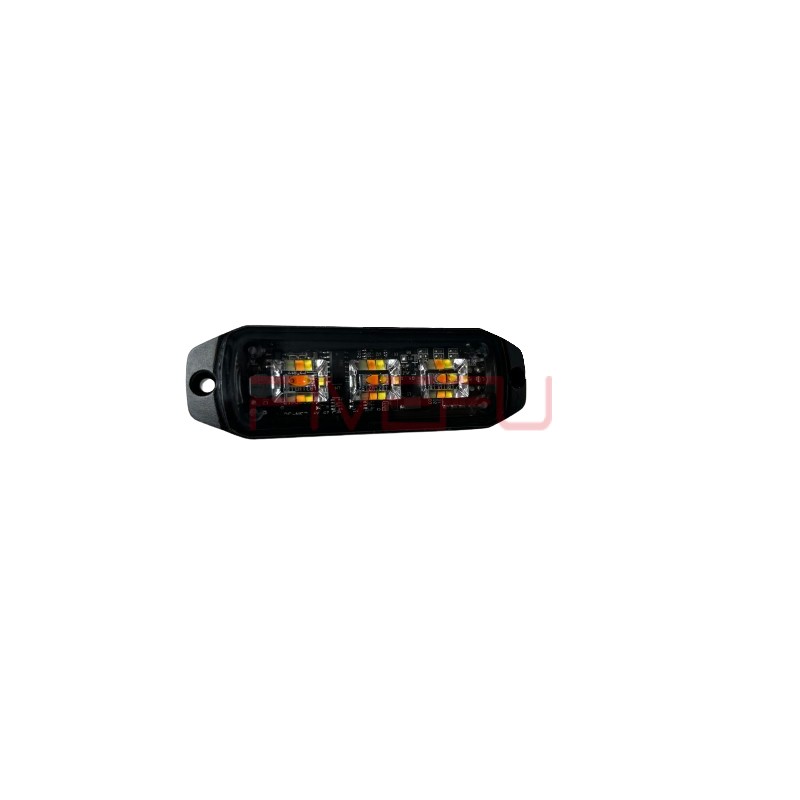Driving with unauthorized red and blue flashing lights may seem harmless, but it leads to legal consequences, heavy fines, and public safety risks. Understanding regulations is the solution.
Civilians are not legally allowed to use red and blue flashing lights on their vehicles in most regions. These lights are strictly reserved for emergency vehicles such as police cars, ambulances, and fire trucks. Unauthorized use can result in fines, vehicle impoundment, or even criminal charges depending on local laws.
Keep reading to understand the laws, penalties, and safe alternatives for vehicle lighting without breaking the law.
Why Are Red and Blue Flashing Lights Restricted?
Red and blue flashing lights are universally recognized as signals of authority, urgency, and emergency. Their primary purpose is to alert road users that an official emergency vehicle is approaching or actively responding to a situation. Allowing civilians to use these lights would create confusion, increase risks of accidents, and undermine public trust in law enforcement.
In many countries, traffic codes clearly state that civilians may not install or display red and blue flashing lights on their vehicles. The reasoning is straightforward: these colors hold a reserved meaning. For example, in the United States, only authorized emergency vehicles may legally display these lights, while in other regions, such as Europe and Asia, similar restrictions apply.
If every driver were allowed to equip such lights, the roads would descend into chaos. Drivers might ignore genuine emergency responders, leading to delays in life-saving interventions. Additionally, criminals could misuse these lights to impersonate police officers, creating safety hazards for unsuspecting citizens.
By restricting red and blue flashing lights, governments ensure that drivers respond immediately and predictably when they see them on the road.
Legal Consequences of Misuse
Installing or using unauthorized flashing lights is not just a minor violation. Depending on the jurisdiction, consequences may range from heavy fines to arrest.
For example, in the United States, unauthorized use of emergency lighting is typically classified as a misdemeanor. Offenders may face fines between $500 and $5,000, suspension of their driver’s license, or even jail time. Additionally, vehicles equipped with illegal lights may be impounded until the modifications are removed.
In the United Kingdom, impersonating an emergency vehicle with flashing lights can lead to criminal charges under the Road Vehicles Lighting Regulations. Similarly, in Australia and Canada, law enforcement agencies strictly enforce these laws to protect road safety.
Another critical issue is insurance. If a civilian-installed red or blue light is discovered after an accident, insurance companies may refuse coverage, leaving the driver financially responsible for damages.
Simply put, the law treats unauthorized emergency lights as a serious threat to public order, not as a harmless modification.
Acceptable Alternatives for Civilians
While civilians cannot legally use red and blue flashing lights, there are safe and legal alternatives for those who want to enhance their vehicle’s visibility.
-
Amber Warning Lights: Widely permitted for tow trucks, construction vehicles, and utility service vehicles. They signal caution without implying emergency authority.
-
White LED Lights: Often used for off-road vehicles and additional visibility at night. However, their use on public roads may be restricted.
-
Reflective Strips and Decals: An inexpensive way to make vehicles more noticeable, especially for roadside assistance or breakdown recovery.
These alternatives allow drivers to improve visibility and safety without violating laws or causing confusion on the road.
It’s also advisable to check regional regulations before adding any form of auxiliary lighting. What may be acceptable in one state or country could be illegal in another.
Why Obeying These Laws Matters
Some drivers assume that installing flashing lights is harmless or even stylish, but compliance with these laws is essential. Beyond the threat of fines or legal charges, there is a moral responsibility to maintain trust in emergency signals.
When drivers see red and blue flashing lights, they are conditioned to pull over immediately. Any misuse undermines this system, endangers lives, and erodes respect for genuine emergency responders.
Respecting lighting laws ensures clear communication on the road. It prevents misuse, protects citizens from criminals posing as police, and helps emergency services reach their destinations without unnecessary delay.
Final Thoughts
Obeying light regulations ensures safety, prevents impersonation, and maintains public trust in real emergency responders.









